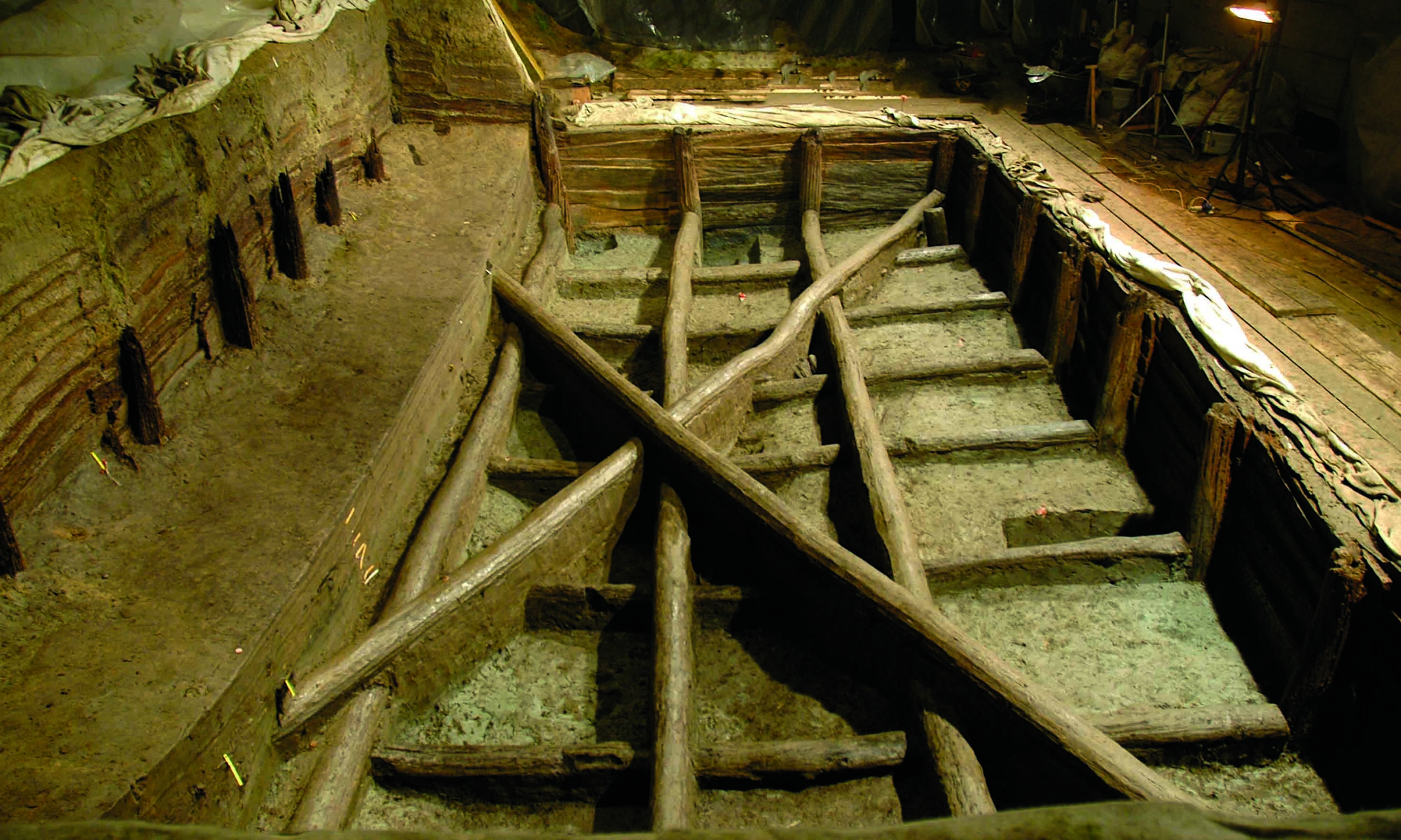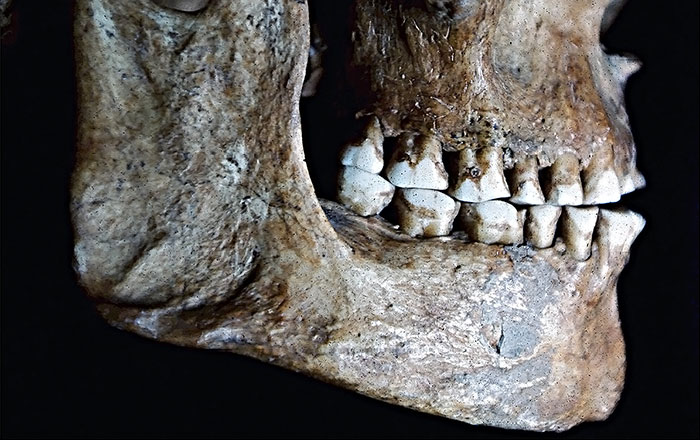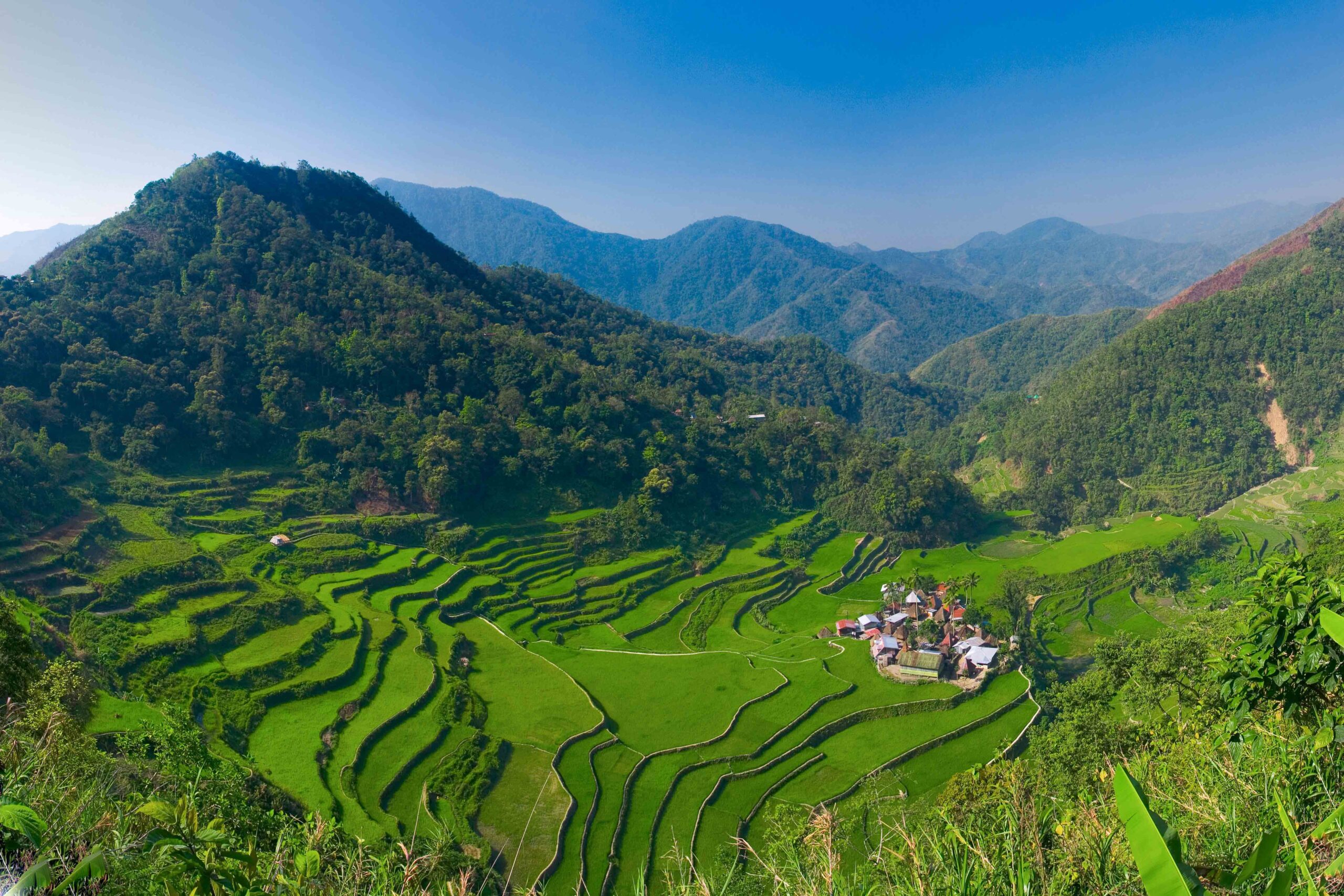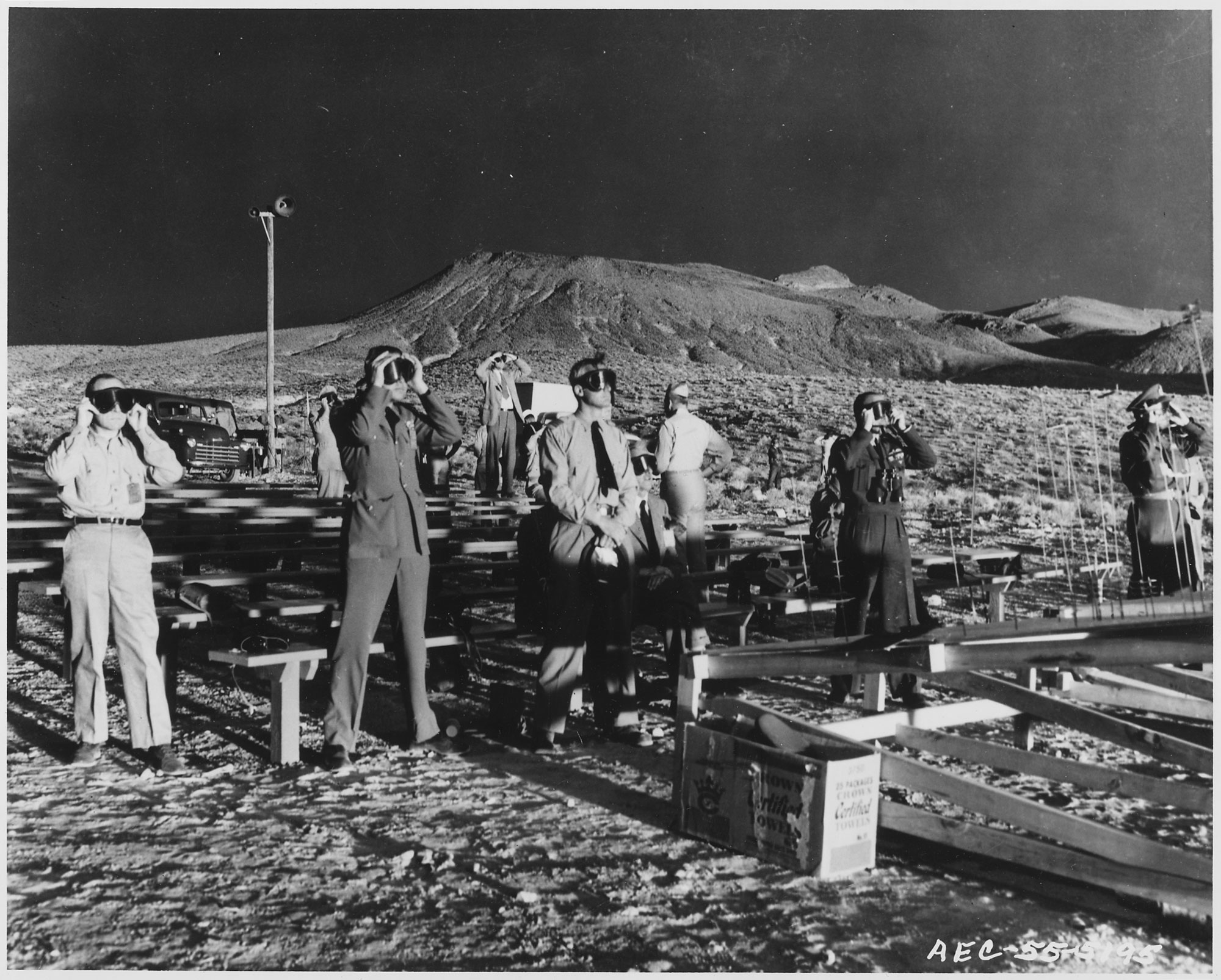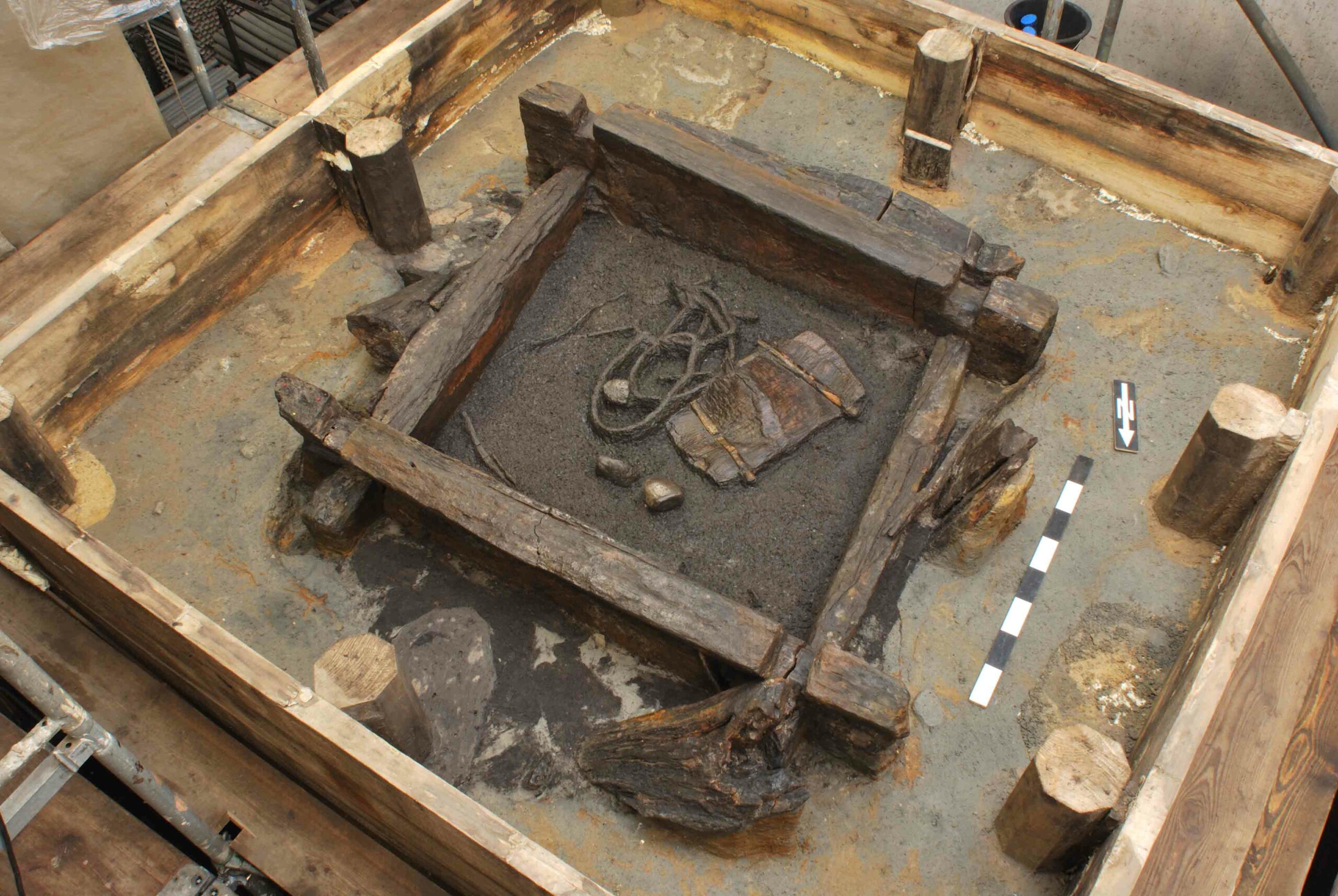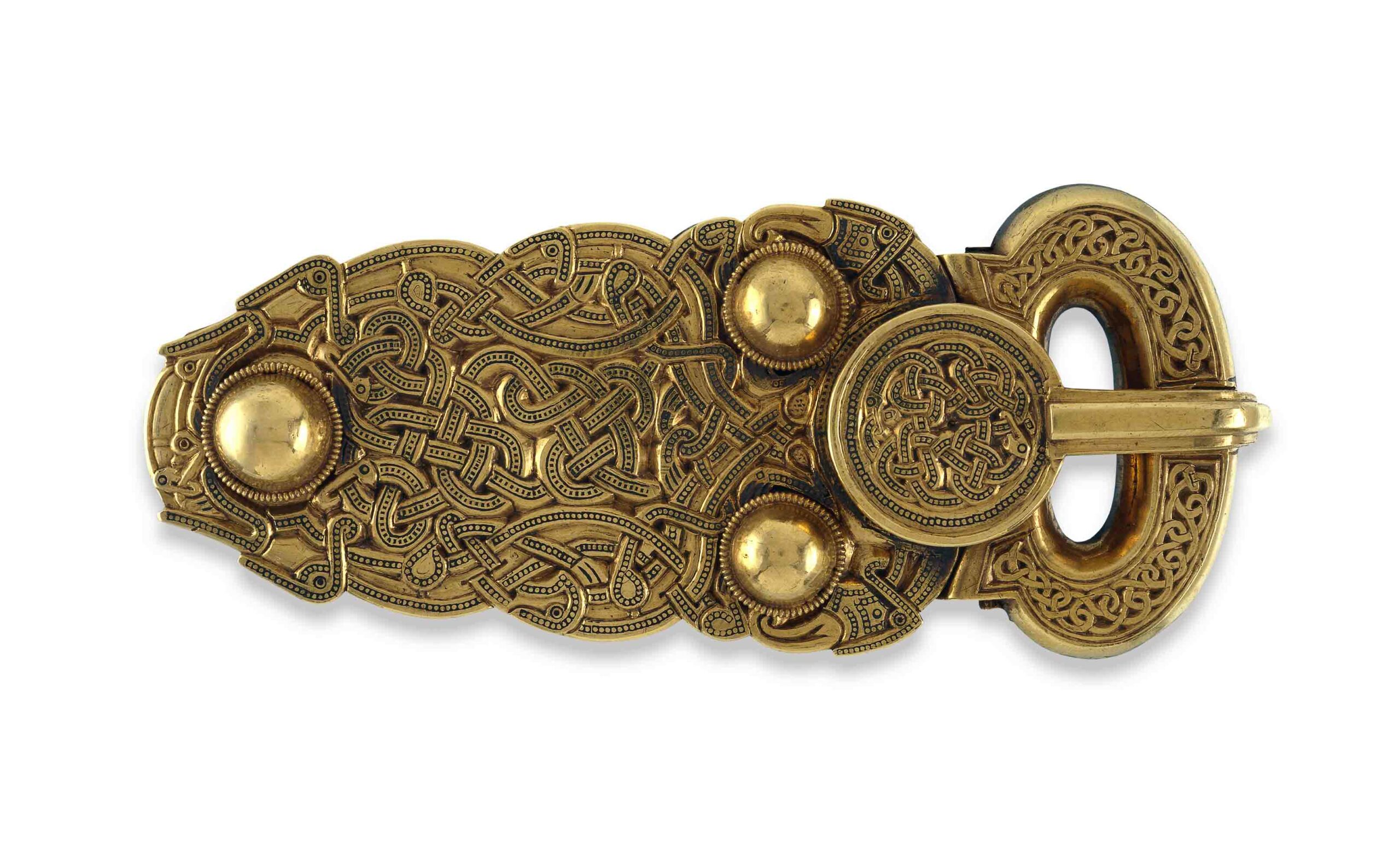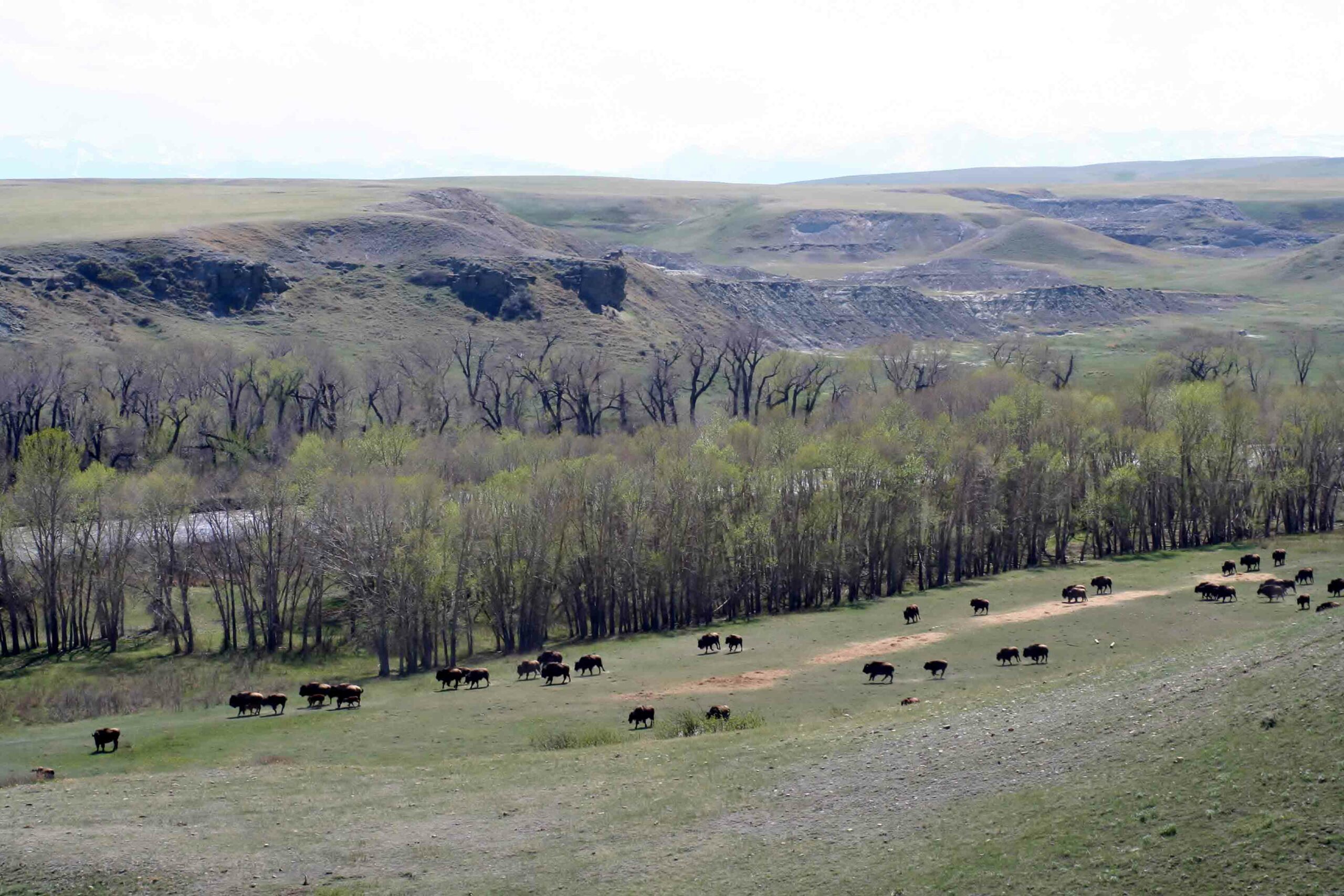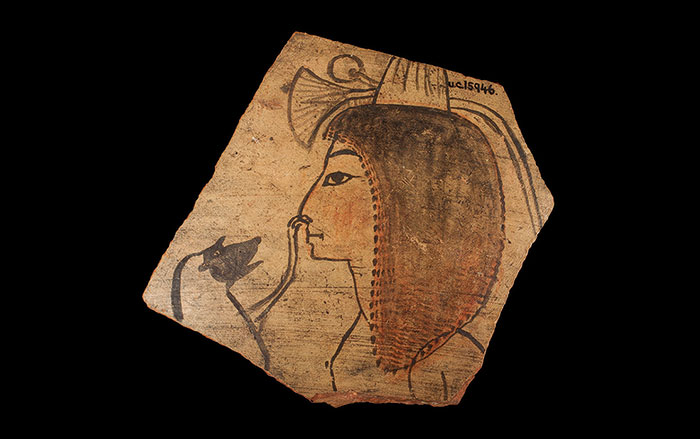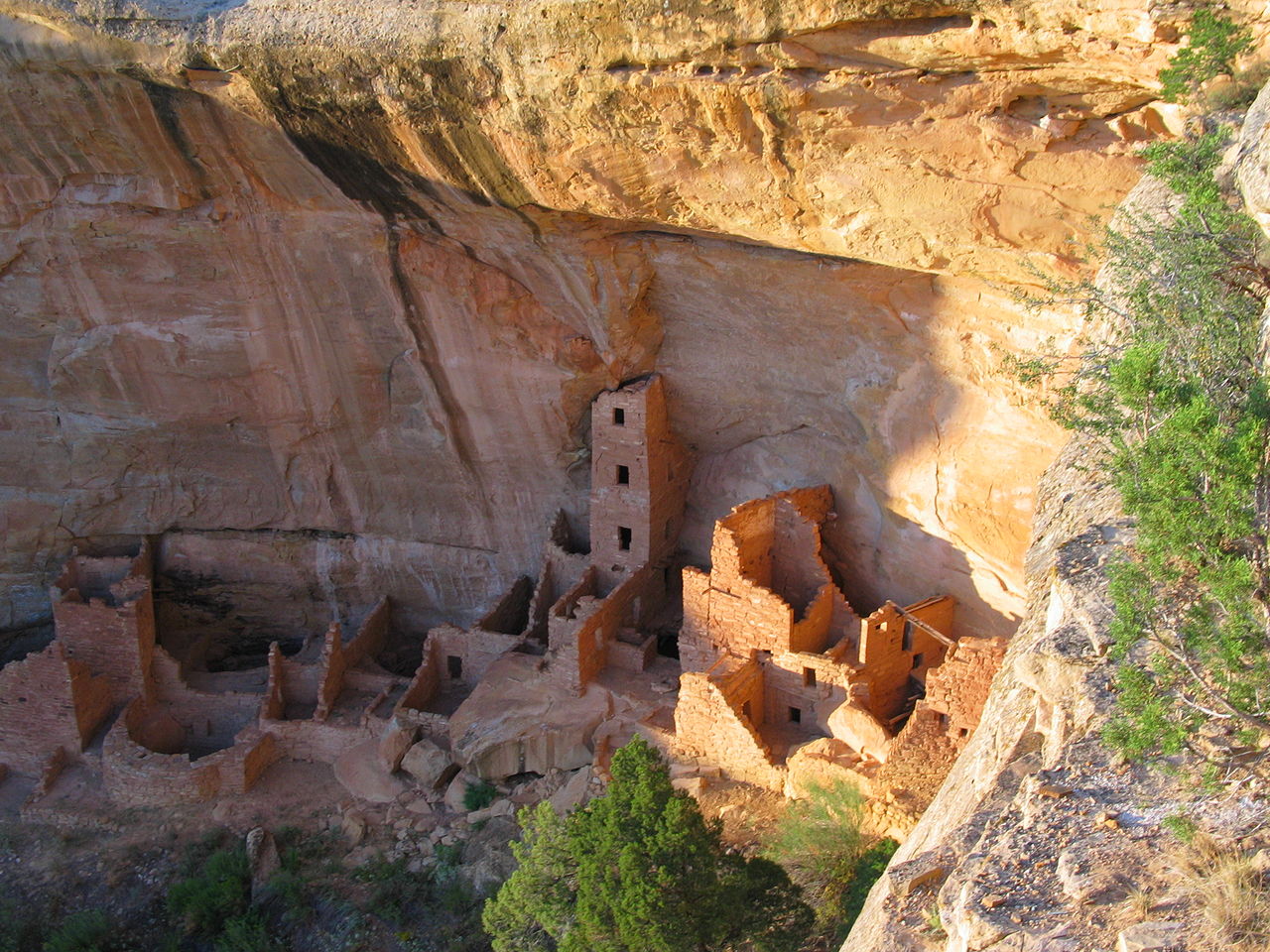
PULLMAN, WASHINGTON—Archaeologist Tim Kohler and researcher Kyle Bocinsky of Washington State University have used tree-ring data, the temperature and water requirements of growing maize, and computer programs to produce a map of the ideal growing regions of the American Southwest for the past 2,000 years. How did the ancestral Pueblo people of southwest Colorado react to climate change in the late 1200s? The data suggest that some 40,000 people left Mesa Verde when drought made it difficult to grow the staple crop, at the same time that there was a population spike at the Pajarito Plateau of the northern Rio Grande, where conditions had become ideal. “People are generally going to try and find ways to keep on keeping on, to do what they’ve been doing before changing their technological strategy,” Bocinsky explained to Science Daily. To read about investigations into another ancient Southwestern culture, see "On the Trail of the Mimbres."



